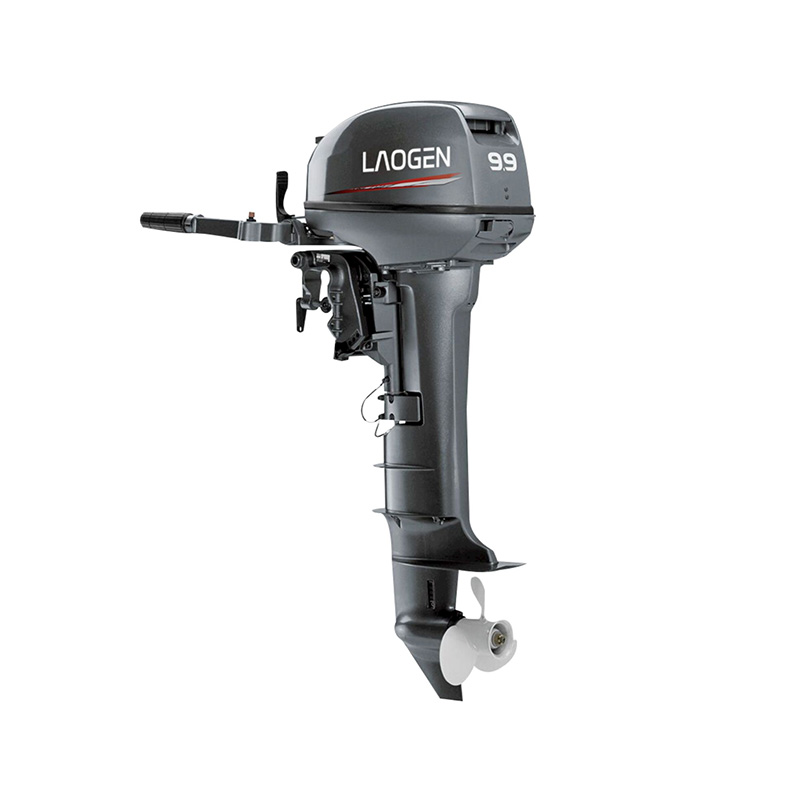Exploring The World Of Small Outboard Motors: Unveiling The Charm Of 2-Stroke And 4-Stroke Varieties
Embarking on a journey into the realm of small outboard motors, one encounters the fascinating world of propulsion that powers boats and vessels of various sizes. For the uninitiated, the distinction between small 2-stroke outboard engines and their 4-stroke counterparts may seem subtle, but each variant brings its unique characteristics and advantages to the table.
Small 2-Stroke Outboard Engines:
Imagine a compact and nimble outboard motor, operating on the simplicity and efficiency of a 2-stroke combustion cycle. These engines, often favored for their lightweight design and straightforward mechanics, cater to those seeking a balance between performance and ease of use.
One notable feature of small 2-stroke outboard engines is their power-to-weight ratio. The simplicity of the 2-stroke cycle allows these motors to generate a higher power output relative to their size. This characteristic is particularly appealing for boaters looking to achieve a quick and responsive acceleration, making maneuvers on the water a seamless experience.
The inherent simplicity of 2-stroke engines contributes to their ease of maintenance. With fewer moving parts, these motors are generally more straightforward to service, making them an attractive option for boat owners who prefer a hands-on approach to maintenance.
However, it's essential to acknowledge that 2-stroke engines require a mixture of oil and fuel, a consideration that adds a layer of attention to fueling practices. Boaters opting for 2-stroke outboards may find the trade-off between simplicity and fuel management well worth the advantages in performance and maintenance.
Small 4-Stroke Outboard Engines:
Enter the domain of small 4-stroke outboard engines, where a different set of characteristics unfolds. Picture an engine that operates on a more complex, yet fuel-efficient, four-stroke combustion cycle, offering a distinctive set of benefits.
One prominent feature of small 4-stroke outboard engines is their fuel efficiency. The four-stroke cycle separates the intake, compression, power, and exhaust phases, resulting in a more controlled and fuel-efficient combustion process. Boaters favoring longer excursions or those with a keen eye on fuel economy often find 4-stroke engines to be an appealing choice.
Smooth and quiet operation is another hallmark of 4-stroke outboards. The design of these engines inherently reduces noise and vibration levels, providing a more serene boating experience. For those who relish the tranquility of the open water, the subdued hum of a 4-stroke outboard motor adds an extra layer of enjoyment to the journey.
Maintenance considerations for small 4-stroke outboards involve periodic oil changes and valve adjustments. While the maintenance routine may be slightly more involved compared to 2-stroke engines, the trade-off is often deemed acceptable given the benefits of fuel efficiency and quiet operation.
In conclusion, the world of small outboard motors unfolds with a nuanced interplay between 2-stroke and 4-stroke engines. The choice between these variants depends on individual preferences, priorities, and the intended use of the boat. Whether one opts for the spirited simplicity of a small 2-stroke outboard or the refined efficiency of a 4-stroke counterpart, both varieties contribute to the vibrant tapestry of boating experiences, offering enthusiasts a choice tailored to their unique preferences on the water.
As boaters navigate the waters with these small outboard motors, the joy of exploration is heightened by the reliability and performance each engine variant brings to their maritime adventures. The choice between 2-stroke and 4-stroke becomes a personal voyage, shaping the essence of every journey on the open sea.


 English
English русский
русский











